 A PhD student who was supposed to complete part of an experiment passed the job on to a third party company, which in turn provided figures that were plagiarized and fabricated. That’s according to the corresponding author of the paper, which has now been retracted.
A PhD student who was supposed to complete part of an experiment passed the job on to a third party company, which in turn provided figures that were plagiarized and fabricated. That’s according to the corresponding author of the paper, which has now been retracted.
Hong Ren, affiliated with Xi’an Jiao Tong University in China, told us that he decided to delay the student’s graduation after he discovered that the student had passed off the work.
It’s not at all obvious that a third party was involved from the brief retraction notice for “EMT phenotype is induced by increased Src kinase activity via Src-mediated caspase-8 phosphorylation:”
Continue reading Third party company botched student’s doctoral work, says biologist
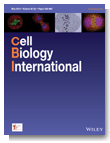
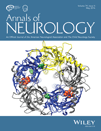
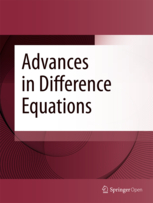

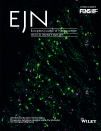
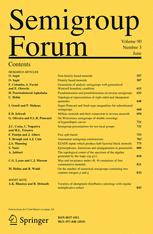
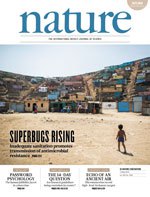 If you need evidence of the value of transparency in science, check out a pair of recent corrections in the structural biology literature.
If you need evidence of the value of transparency in science, check out a pair of recent corrections in the structural biology literature.
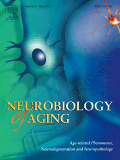 Four different journals have pulled papers from the same authors due to alleged duplication or manipulation of images.
Four different journals have pulled papers from the same authors due to alleged duplication or manipulation of images.